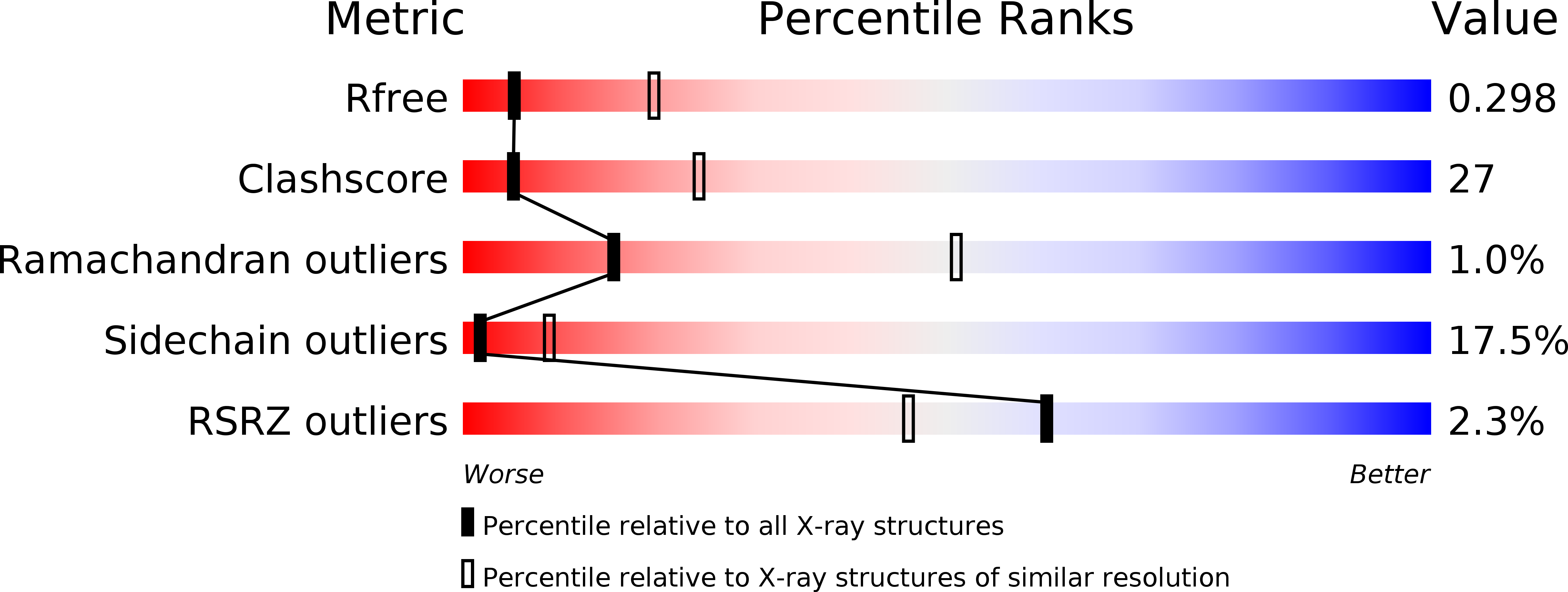
Deposition Date
2017-03-06
Release Date
2018-05-16
Last Version Date
2024-01-17
Entry Detail
PDB ID:
5NCL
Keywords:
Title:
Crystal structure of the Cbk1-Mob2 kinase-coactivator complex with an SSD1 peptide
Biological Source:
Source Organism:
Saccharomyces cerevisiae (Taxon ID: 4932)
Host Organism:
Method Details:
Experimental Method:
Resolution:
3.15 Å
R-Value Free:
0.29
R-Value Work:
0.23
R-Value Observed:
0.23
Space Group:
C 1 2 1


